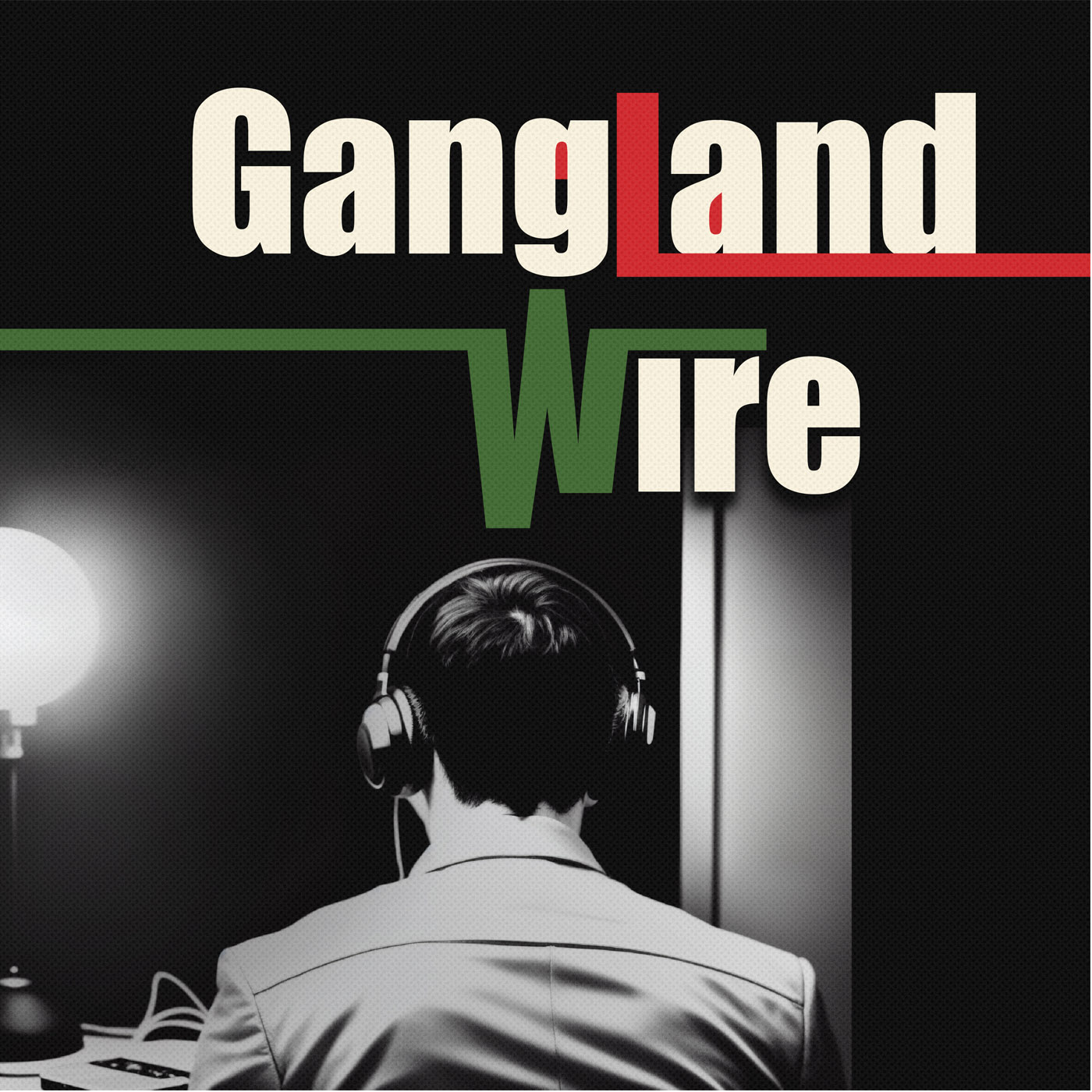- True Crime
- SEE MORE
- classical
- general
- talk
- News
- Family
- Bürgerfunk
- pop
- Islam
- soul
- jazz
- Comedy
- humor
- wissenschaft
- opera
- baroque
- gesellschaft
- theater
- Local
- alternative
- electro
- rock
- rap
- lifestyle
- Music
- como
- RNE
- ballads
- greek
- Buddhism
- deportes
- christian
- Technology
- piano
- djs
- Dance
- dutch
- flamenco
- social
- hope
- christian rock
- academia
- afrique
- Business
- musique
- ελληνική-μουσική
- religion
- World radio
- Zarzuela
- travel
- World
- NFL
- media
- Art
- public
- Sports
- Gospel
- st.
- baptist
- Leisure
- Kids & Family
- musical
- club
- Culture
- Health & Fitness
- Fiction
- children
- Society & Culture
- TV & Film
- gold
- kunst
- música
- gay
- Natural
- a
- francais
- bach
- economics
- kultur
- evangelical
- tech
- Opinion
- Government
- gaming
- College
- technik
- History
- Jesus
- Health
- movies
- radio
- services
- Church
- podcast
- Education
- international
- Transportation
- Other
- kids
- podcasts
- philadelphia
- Noticias
- love
- sport
- Salud
- film
- and
- 4chan
- Disco
- Stories
- fashion
- Arts
- interviews
- hardstyle
- entertainment
- humour
- medieval
- literature
- alma
- Cultura
- video
- TV
- Science
- en
The Mob and the Teamsters Part 1 Jimmy Hoffa

b'In episode 1 of this 3-part series on the Mob and the Teamster’s Union, Gary and Cam discuss the early days of Jimmy Hoffa as he moves up in the Union making connections with mobsters and earning the respect of his fellow union members
\\nThe Mob and the Teamsters, Part I: Jimmy Hoffa and the Pension
\\nJimmy Hoffa (b.1913)
\\nJames Riddle Hoffa joined the International Brotherhood of Teamsters in the early 1930s. He made his way through the ranks from city to city making connections in each city. In Detroit, he was tied up with the Giacalone’s; in Chicago, Red Dorfman introduced him to Joey Glimco, and later Murray “Curly” Humphreys, Tony Accardo, and Paul Ricca. In New York, Hoffa met Johnny Dioguardi and Tony Provenzano; in New Orleans, he met Carlos Marcello. Hoffa knew how to use the mobs to exploit businesses. These associations earned him the support he needed for the nomination to Vice President of the Brotherhood under Dave Beck, but everyone knew who was the real power behind the throne.
\\nA membership drive was Hoffa\\u2019s top priority.\\xa0 At this time, the Teamsters membership had just passed a million and was still on the rise. Unions were very competitive for membership at this time. The AFL-CIO had just merged in 1955, but the Teamsters were still very independent. Hoffa could use his mob connections to pound the union competition with Molotov cocktails and crowbars, but he needed to give workers a reason to want to be a Teamster.
\\nThe Pension
\\nHoffa combined many smaller work pensions from 22 states into the Central States, Southeast and Southwest Areas Pension Fund, or Central States for short. In doing so, Hoffa gained the trust and support of the membership. Members could now change employers without losing their pension. In the beginning, employers paid two dollars a month for each Teamster on their payroll, members could contribute as they saw fit. With membership heading towards two million, the fund very quickly had tens of millions.
\\nHoffa set up a board of trustees to help administer the pension. As part of a deal with the Chicago and Cleveland mobs, Red Dorfman\\u2019s son Allen, and Cleveland\\u2019s Bill Presser were members of the board, but the end of the day, Hoffa had total control. Allen Dorfman was made head of Union Casualty insurance company, while Bill Presser was the President of Cleveland\\u2019s 40,000 member Joint Council 41. The Cleveland connection would soon bear fruit.
\\nThe Teamster’s pension fund and Las Vegas
\\nMoe Dalitz, a friend of Bill Presser from Cleveland and of Hoffa from his early Detroit time, suggested that a $4,000,000 loan could be used to help him build the Dunes Casino. Later, Dalitz himself received $1,000,000 to complete the construction of his Sunrise Hospital in his new town of Las Vegas.
\\nMoe Dalitz and the Mayfield Road Jewish gangsters from Cleveland built the Desert Inn in Las Vegas in 1949, and were seeking social acceptance. A few years later, Hoffa would loan then another $8,000,000 to buy the Stardust Hotel and Casino. Hoffa loaned additional money to Dalitz for the Star Dust ($6,000,000) and the Freemont ($4,000,000). \\xa0In 1963, when the Dunes changed ownership, Dalitz helped St. Louis figure Morris Shenker secure the millions he needed to maintain it.
\\nAdditional loans were made to Cesar\\u2019s Palace, the Landmark, Circus Circus, the Aladdin, and the Four Queens, basically creating the entire Vegas Strip. These loans gave the mob a presence in Vegas, with each family planting flags in various locations throughout the city. The Skim sent regular money to every mob family in the country.
\\nBy 1961, the Central States had lent over $91,000,000 in low interest (6%) loans. By 1963, 2/3 of the fund\\u2019s $200,000,000 assets were in real estate loans. Hoffa received a 10% commission on each loan. Allen Dorfman is said to have made approx. $3,000,000 in insurance commissions.'